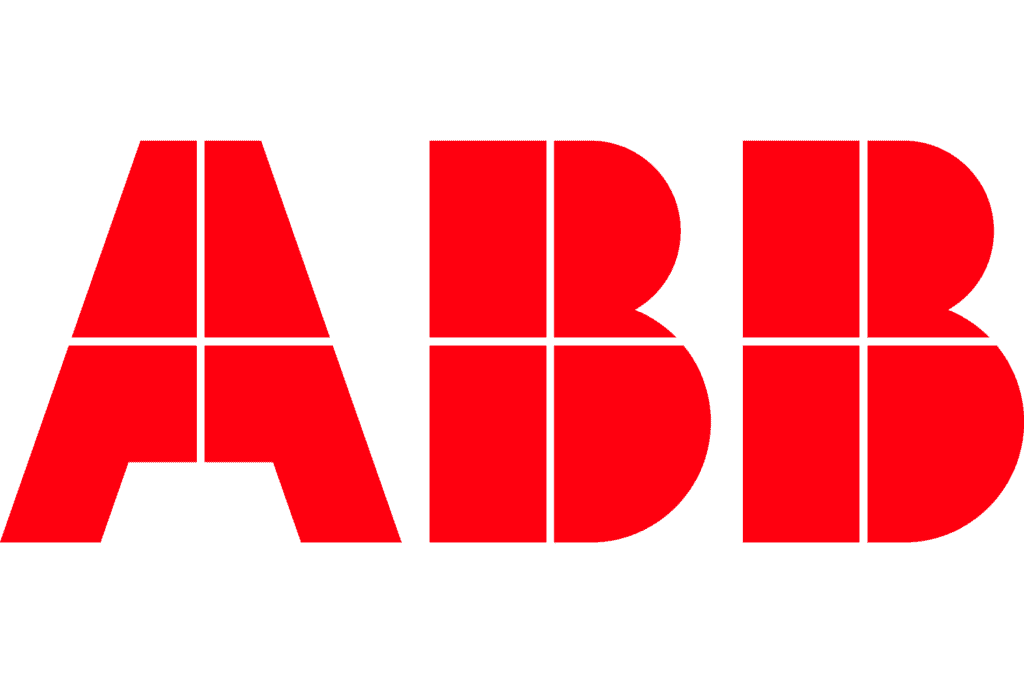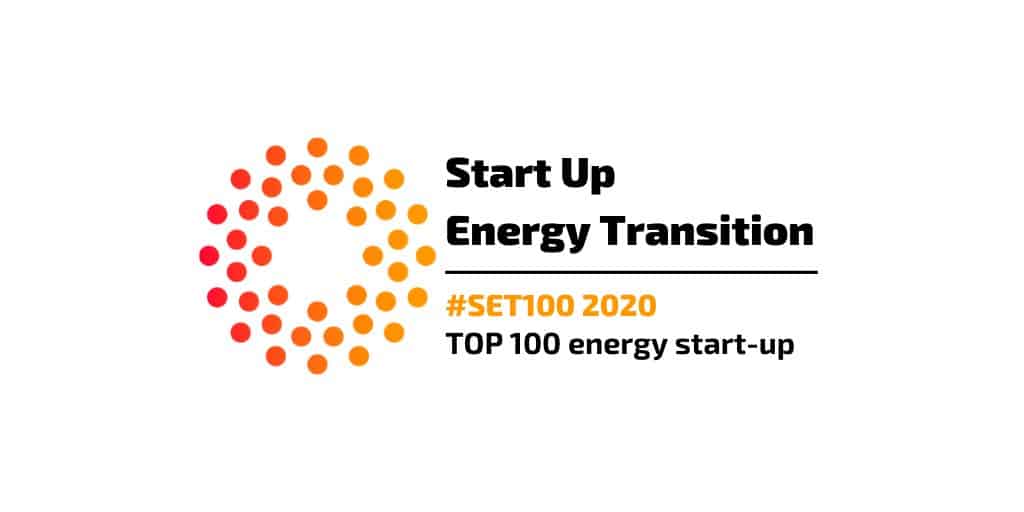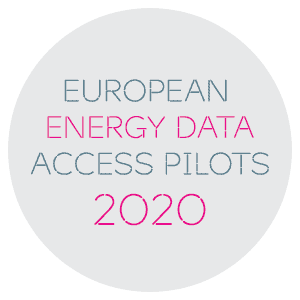 14.06.23
14.06.23
Negative Prices in Europe
Despite consumers complaining about how high electricity prices have been in recent years, another trend has also emerged, which is negative prices. The phenomenon of negative electricity prices on the wholesale power market can occur when demand for electricity is low, but production is high. An excess of power that cannot be stored on the grid for later consumption results in prices being set at a negative rate meaning generators essentially have to pay their wholesale suppliers to buy energy. The increase of renewable energy sources, such as solar and wind, has driven an increase in availability on the market in recent years, particularly in summer, and is the main contributor towards this volatility.
In 2020, at the height of the COVID-19 pandemic, with lockdowns and industry greatly shut down, an increase in negative prices was hardly surprising, but what is interesting is that this trend began before the pandemic and has continued even after it once business has returned to normal. This is particularly clear in Belgium and the Netherlands, where we have seen an increase in negative prices since 2019. As shown on the graph, the Netherlands saw 97 negative prices in 2020 and 85 in 2022, for example, and 2023 is heading the same way with more negative prices on the Dutch market than has been seen before (125 so far in 2023). While the trend is not so clear-cut in France and Germany, we can still see a large increase in negative prices from 2019 onwards, particularly in Germany, again due to the boom in renewable energy, namely wind and solar power. Germany saw over 200 hours of negative prices back in 2019 and recently, at the end of May 2023, hit another record number of negative prices.
Despite prices being high for many people due to many consumers paying average market prices in their energy tariffs, for others, there has been the opportunity to get paid to consume in what appears to be a trend breach. To make the most of this opportunity presented by negative prices, however, a consumer needs a dynamic tariff and the necessary infrastructure to consume in a smarter way. Negative prices are a good incentive for demand-side management and smarter choices by the consumer when it comes to energy. For example, avoiding consumption at peak hours and charging your electric vehicle or turning on your heat pump at the opportune moment (when there is excess power on the grid) can benefit you as a consumer. Smart charging technology, for example, can help balance a charging session against the cost of electricity and the condition of the grid to save the consumer money. We see heat pumps emerging on the market that download daily energy prices to take advantage of these opportunities. As a first step, these smart devices are a nice part of the solution. Yet one can see a problem appearing when all these individual devices start to react to the same triggers, and all power up at once, potentially overloading the grid connection. Hence, those smart devices need to be coupled to each other and coordinate their behaviour. They also need to take into account the full electricity bill, not just the wholesale market prices, as taxes and grid fees can have adverse effects on the expected savings. re.alto provides the tools to gain these insights to help consumers optimise their energy consumption.
Access to real-time data can ultimately help consumers optimise their consumption by consuming when energy prices are at their lowest. With so much volatility on the market, it is definitely worth consumers taking their energy management into their own hands to save money wherever possible. Reach out to us today to find out how re.alto can help you implement this.




 14.06.23
14.06.23












